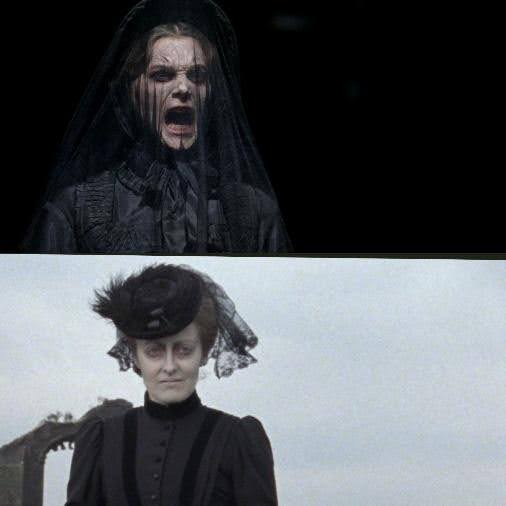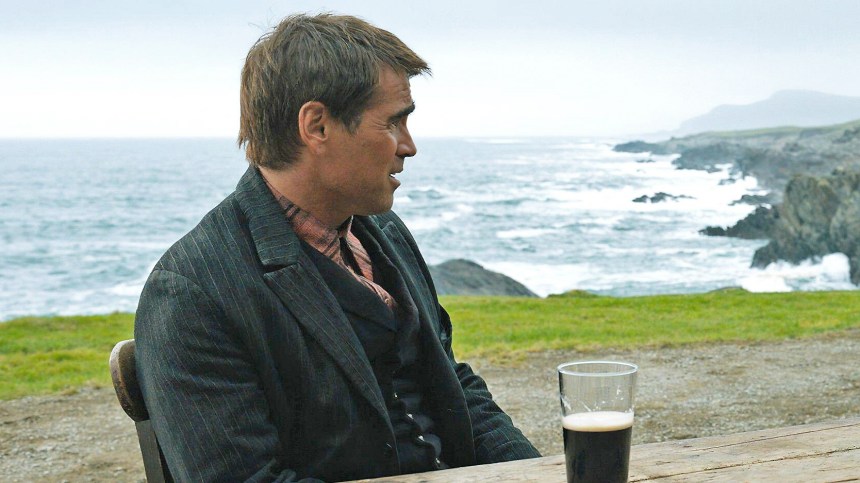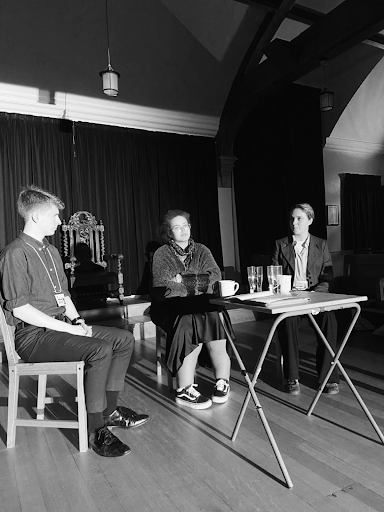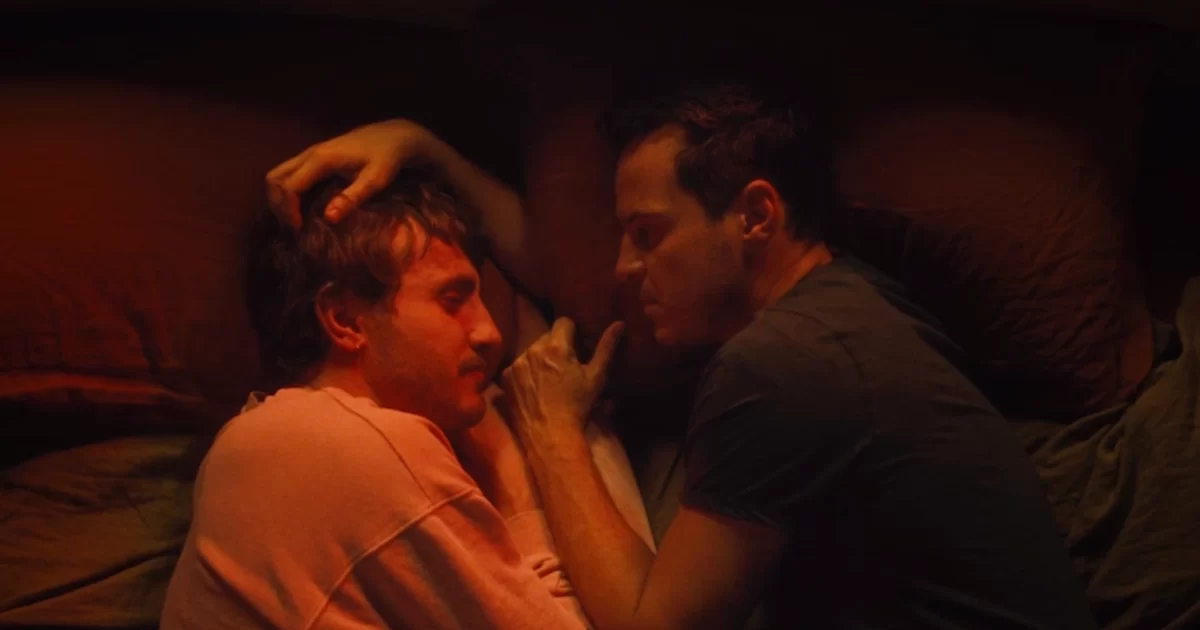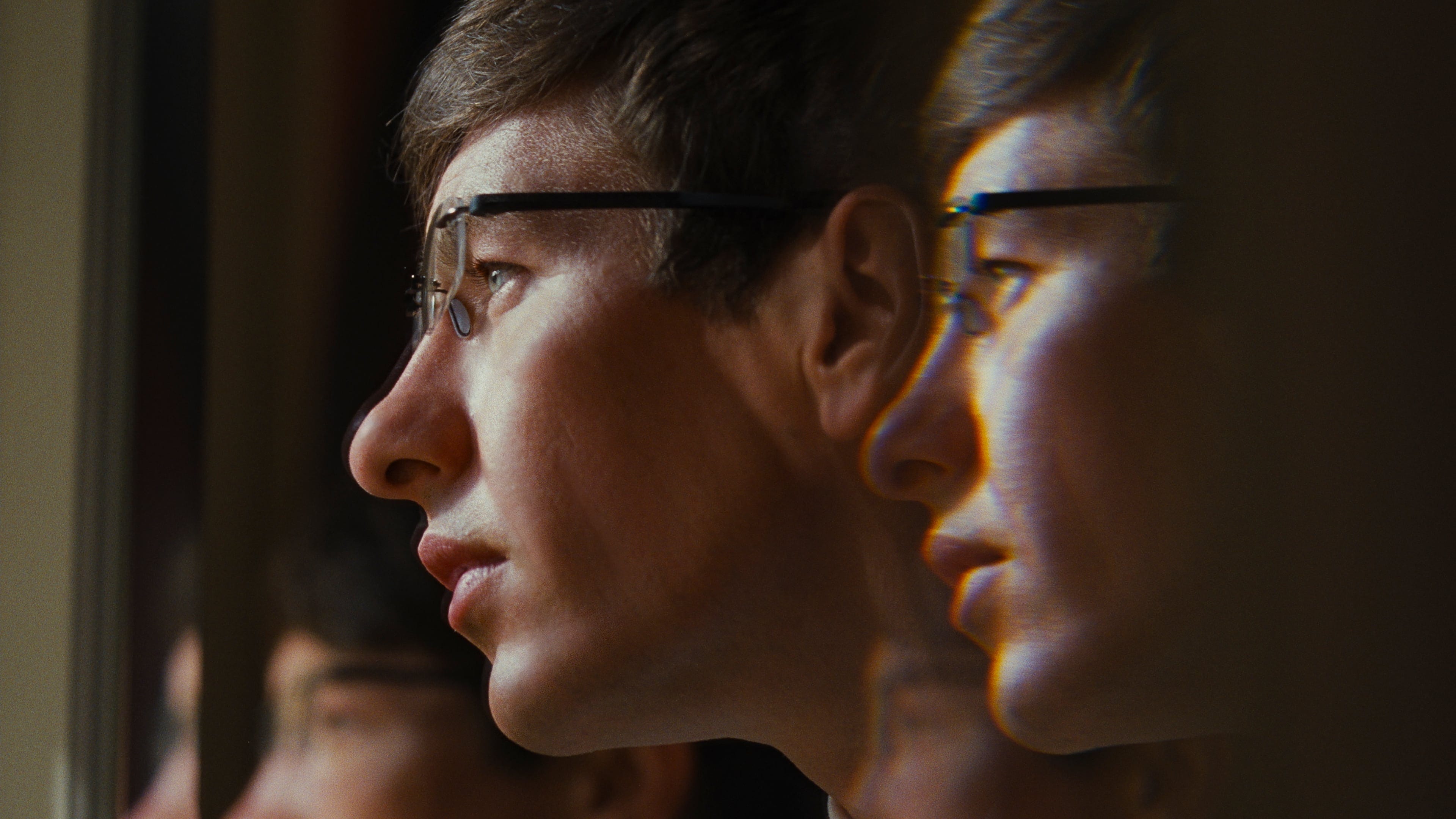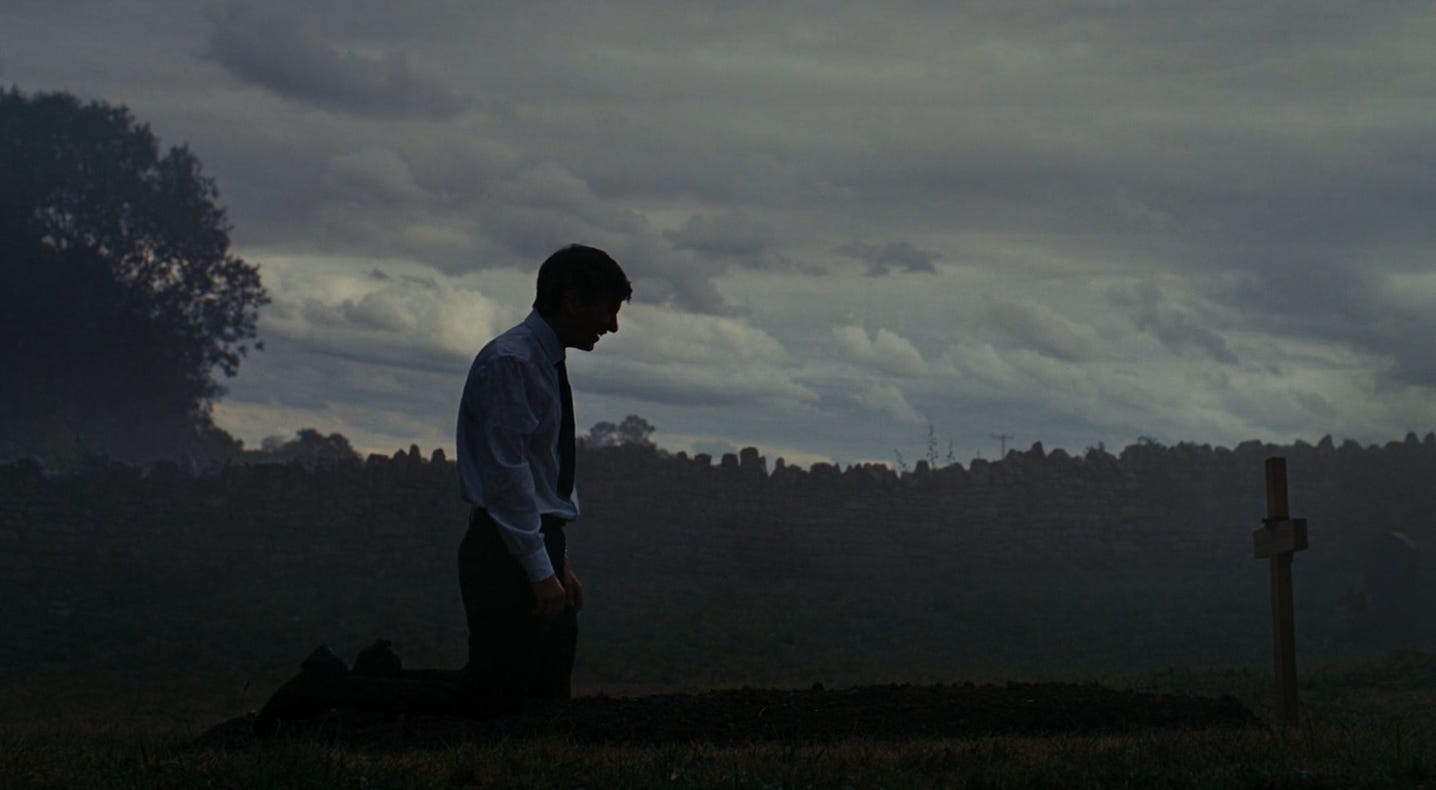By Jacob Watson
Alan Hollinghurst’s third novel, The Spell, is unique in his bibliography, qualitatively and, if you like, quantitatively, in some compelling but confusing ways. His novels have tended to be huge six-hundred-or-so page tomes, large-scale state of the nation works which announce themselves formally and sometimes explicitly to be the inheritors of the Jane Austen and Henry James type of social novel. The Spell, on the other hand, barely makes it over the two-hundred page mark, and lacks the expansive social vision and criticism that his other novels are able to offer.
The novel is described on the blurb as a “comedy of sexual manners”, and the placement of those terms is more revealing than it might seem. At points in the novel I wondered if it perhaps could do with being inverted: “a sexual comedy of manners”; I occasionally felt as though the novel represented something that maybe could have been a sexless comedy of manners, but which had had sex smothered onto it, resulting in a sort of neutral, traditional comedy of manners rendered sexual by Hollinghurst’s desire to just do so. But I think the description is in general more accurate, as the “sexual manners” the novel deals with are, themselves, indeed comedic, and a source of comedy. So, in a way it’s the inverse of my first thought: it’s not a comedic novel rendered sexual, but rather a sexual novel that can’t help coming across as comedic.
The Spell is a more or less plotless affair, a pseudo-modernist carousel of narratives which focalise, revolvingly, on the perspectives of each of a set of four gay men, whose sex lives are intertwined beyond belief, twisted into a Gordian knot of desire that binds itself up even across implicit family lines. The sexual extremities on display here, and the neutrality with which they’re described, seem to amount to (to borrow the novel’s term slightly) a transvaluation of all sexual values, and in this regard the novel brings to mind the works of Jean Genet, in particular his Our Lady of the Flowers, to me at least.
And it’s interesting that it does so, seeing as it resembles a piece of Genet-inclining modernist prose fiction. But it does so only in a limited way. I suppose the novel resembles Genet in a world where, instead of spending years in prison for homosexuality, Genet had gone to boarding school and then got two degrees from Oxford. This is a pretty colloquial phrasing of what I do in fact take to be the novel’s problem. In The Spell, Hollinghurst appears to have tried his hand at writing an airy, elusive, plotless circuit of intermingling sexual psychologies; but this kind of narrative can only succeed if the writer is genuinely willing to relinquish an insistence upon facts and details, actual and mental, to allow the novel, which he wants to be evocative, to actually evoke. Let me explain.
*
The kind of novel that Hollinghurst intended to write with The Spell only really works by being slightly elusive and unclear. But Hollinghurst can’t seem to shake off his formal affinity with the Victorian and Edwardian novelists: I mean, he did write his MA thesis on the novels of Forster, Firbank and Hartley. Perhaps this novel would have succeeded more if Hollinghurst were able to stop describing his characters’ every thought with a level of self-evaluation and insight that, if they actually had at the time of the events the novel describes, they may not have acted this way and produced the plot the descriptions are describing.
I mean, just look at the state of this sentence: “Alex felt the beautiful unwise emotions of something starting up, and grinned to himself between bites, as if his sandwich was unaccountably delicious; though what he was savouring was the longed-for surprise of being wanted.” This is the kind of sentence the modernists with whom The Spell is implying an affinity would never write; can you imagine Jean Genet, Woolf, Mansfield, writing something like that? Sentences like this, which are constant in the novel, imply a razor-sharp awareness and ability to monitor all the thoughts and feelings that stream through a character’s mind – an awareness that people just don’t have in real life, and which, looking at the actual plot of the novel, the characters certainly don’t have, either. Moreover, this kind of penetrative, retroactive psychological insight is not conducive to the success of the kind of novel that The Spell is striving to be. Those kinds of novels work by exploiting the evocative, richly sensual, the whiff of the unconscious occasionally finding its way to the surface, for instance. I guess what I mean is: a novel can’t be this plotless and unbelievable whilst also maintaining an Edwardian, Bennett-esque focus on the details, the events, of real life and the mind.
Here’s a comparison by examples. Consider this extract from Our Lady of the Flowers:
“Now, as there was no bathtub in Darling’s home, he used to be dipped into a wash basin. Today, or some other day, though it seems to me today, while he was sleeping, he dreamed that he was entering a wash basin. He isn’t, of course, able to analyze himself, nor would he dream of trying to, but he is sensitive to the tricks of fate, and to the tricks of the theatre of fear. When Divine answers, “I’m doing the wash basin,” he thinks she is saying it to mean “I’m playing at being the wash basin,” as if she were “doing” a role. (She might have said: “I’m doing a locomotive.”) He suddenly gets an erection from the feeling that he has penetrated Divine in a dream. In his dream he penetrates the Divine of the dream of Divine, and he possesses her, as it were, in a spiritual debauch, And the following phrases come into his mind: “To the heart, to the hilt, right to the balls, right in the throat.””
This is one extract which actually bears some likeness, content-wise, with The Spell, but obviously is different in ways; ways that make it succeed. There is, I admit, a suggestion of genuine self-awareness (“he thinks she is saying it to mean […]”), but it of course ultimately falls, in favour of an obscuring, evocative stream of little psychic convulsions which imply rather than state the psycho-sexual state of affairs. Of course, to be fair, Our Lady of the Flowers is a first-person account, and the minds of the characters it describes obviously can’t reasonably be entirely traced by the limited narrational capacity of Jean; whereas the free-indirect-discourse of The Spell nominally allows for the narrator to know everything about its character’s motivations. But firstly, novels of this sort blur the lines between these distinct modes of narration anyway, and moreover, Hollinghurst actually remains probably just as present in the narration as Jean does in the Genet. And the very fact of that difference is part of The Spell’s unsuccessful attempts to adopt a precise formal mode – one that allows for the plotless narrative circle it wants to be. Here is Hollinghurst in The Spell describing a comparable psychological moment:
“One simple possibility for today was to give Terry a ring, but he [Justin] rejected it with a clear sense of tactics. He mustn’t give Robin any new occasion for his old grievances, and Terry’s discretion was still untested. He took a mug of tea through to the sitting-room and then remembered that there were some photographs of Danny in the little commode. He kept forgetting that he fancied him now as well.”
In both of these extracts, Genet and Hollinghurst are basically attempting to describe men absent-mindedly considering sex. But in the Genet, although the narration is of course much more imprecise, we nonetheless get a much more emphatic understanding of Darling’s character-essence. Whereas in the Hollinghurst, every single quivering of psychological motive is aired by the narrator. And let’s face it. There’s nothing more unsexy than having attention drawn to all your actual thoughts. Simply stated, everything may work in some novels, but not in a novel which strives to be airy and impressionistic, and especially not in one which allies itself with the queerly modernist aesthetic. Not to be basic, but I can’t help recalling these words from Woolf’s “Mr Bennett and Mrs Brown”:
“I let my Mrs. Brown slip through my fingers. I have told you nothing whatsoever about her. But that is partly the great Edwardians’ fault. I asked them—they are my elders and betters—How shall I begin to describe this woman’s character ? And they said, ” Begin by saying that her father kept a shop in Harrogate. Ascertain the rent. Ascertain the wages of shop assistants in the year 1878. Discover what her mother died of. Describe cancer. Describe calico. Describe -” But I cried, ” Stop ! Stop !” […]”
Woolf is, unsurprisingly, right; and Hollinghurst, striving to emulate the style of the queer modernists, ought to remember that there was a reason “modernism” felt a need to supplant the Arnold Bennetts of the world in the first place. The extreme nature of the psychological self-awareness in The Spell is completely dissonant with the seemingly unmotivated randomness of the events which form the threadbare plot of the novel. The narration implicitly claims and enjoys a staggering insight into the thoughts and motivations of the characters; and yet if all this was, in fact, actually available to the foursome of characters in the novel, they would, I’m sure, have acted differently. Couple Robin and Justin both independently sleeping with the much younger rent boy lover of Robin’s own son, for instance, was a quasi-incestuous moment that makes one question what the use of these layers and layers of psychological detail exactly is.
Still, to be fair to Hollinghurst, this seems to be the novel that he had to write, quite early in his career, in order to get out of his system everything that would have otherwise stood in the way of the brilliance of his later novels such as The Line of Beauty and The Stranger’s Child. And as well, it’s worth putting the novel in its proper context. One of Hollinghurst’s intentions, I think, has always been to properly render gay psychology to make it seem normal to a general reading public. The Spell was released in 1998, and I guess at this time a novel which attends to and presents the psychology of the gays was likely worth having around. So this novel isn’t really as major an outlier amongst Hollinghurst’s bibliography as I had assumed. It’s more like a typical Hollinghurst novel which couldn’t help but fall under the spell of the modernists; and as for the characters, the spell of an attractive external influence can be difficult to resist.
Image credit: Interview Magazine


